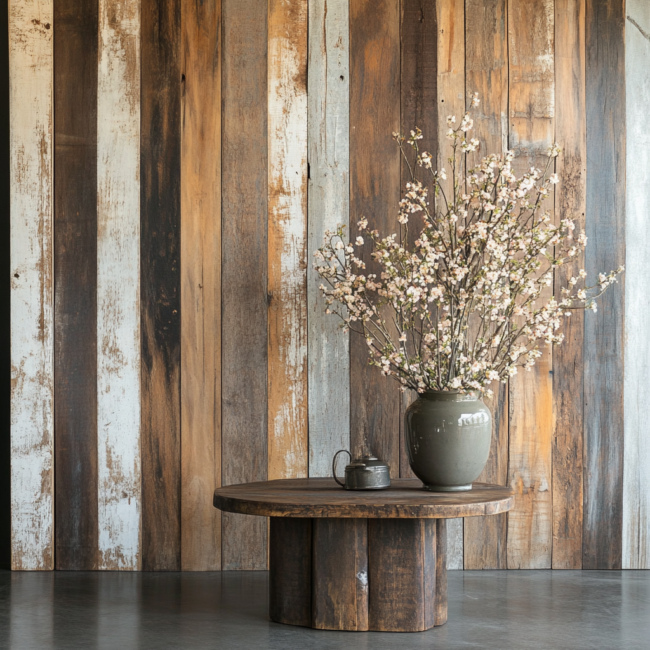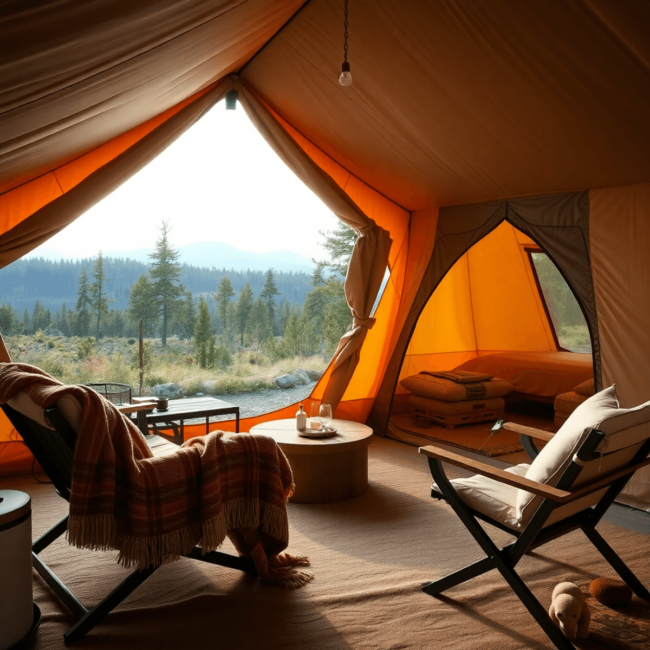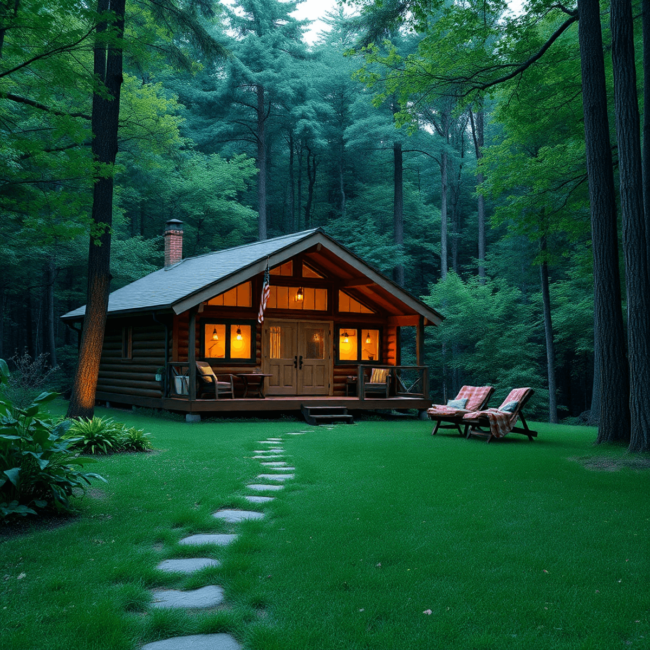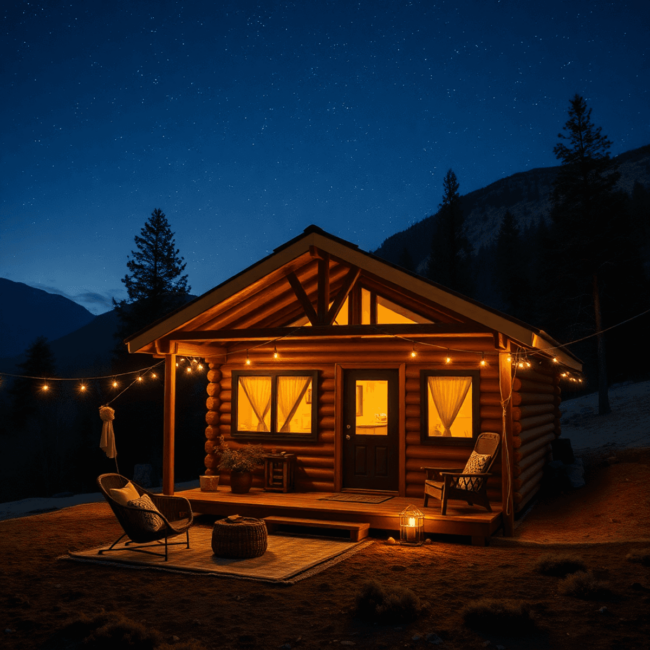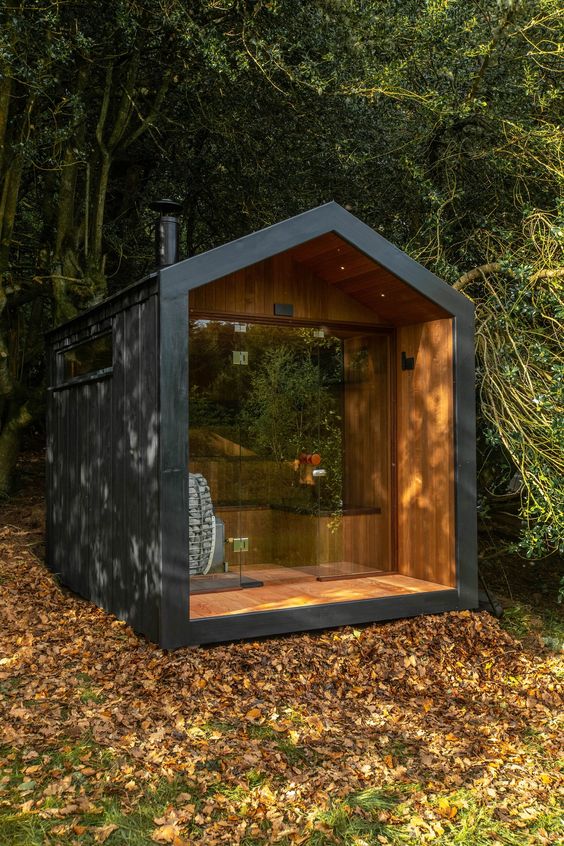
According to Yahoo Finance, the sauna market in the US is forecasted to grow by $126 million from 2022-2027 with a growth rate of 6% annually. However, the interesting thing is that in recent years the end-users of household sauna owners have grown very rapidly. In the last 5 years, the search for “saunas” in google has risen up almost 300% in the United States alone.
Importing saunas and selling them wholesale is still a blue ocean market unlike a Social Media Marketing Agency (SMMA) business your 14 year old neighbours is also doing from his room. And the opportunity is also definitely there especially with traditional saunas because most wholesalers source their products from Europe and not China for built quality reasons. However, Europe has a much higher labor cost especially when you compare it to a 3rd world developing country like Indonesia
Here are a complete checklist you should be aware of when importing saunas wholesale:
Step 1: Market Research
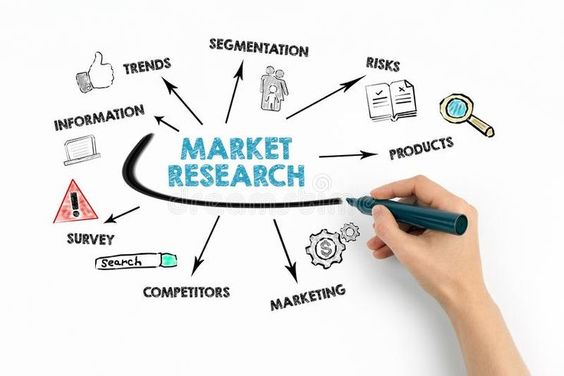
The sauna market is a plethora of different designs and features targeting different kinds of end users. Traditional saunas aim to capture higher ticket customers while infrared saunas target low ticket customers. With that being said, it’s probably better to target a higher ticket prospect because you’d be making more nominally with the same margins than you would with the lower ticket prospects.
PRO TIP: If you’re still looking to source Infrared Saunas, forget about sourcing it from 3rd world countries like Indonesia because you’d be better off sourcing them from China, that’s what big players are also doing and they have a sweet spot of the cheapest but also very high in quality.
During market research, you also want to think about how you plan on actually getting the sales. During my professional career, I’ve known several sauna distributors owners like Salus Saunas who’s making upwards of $5m annually and there are generally 4 strategies you can get a customer to buy realistically.
- Sending cold emails to CEOs/Firefighters/etc
- Doing SEO and Google Ads
- Running Ads on Social Media
- Endorsing a social media influencer (least effective imo)
Step 2: Supplier Selection
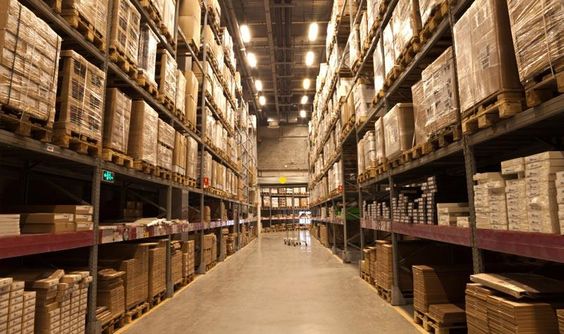
Even though labor is way cheaper in 3rd world countries when compared to Europe, there are not many manufacturers who have experience with manufacturing saunas. Most 3rd world countries usually focus on manufacturing and exporting wooden furnitures because they are easier to target especially with the limited marketing capabilities that they have.
When selecting a supplier from another country, you need to check whether they have certain legal certifications or paperwork. These paperwork differ from country to country but in Indonesia you wanna find a manufacturer with SVLK certification. This certificate is government issued and it means that the lumber used in your product is sourced legally and sustainably.
Here are several basic terms you need to know:
- MOQ
- FOB Price
- CIF Price
- HS Code
- Lead Times
- B/L
Step 3: Product Selection & Customization
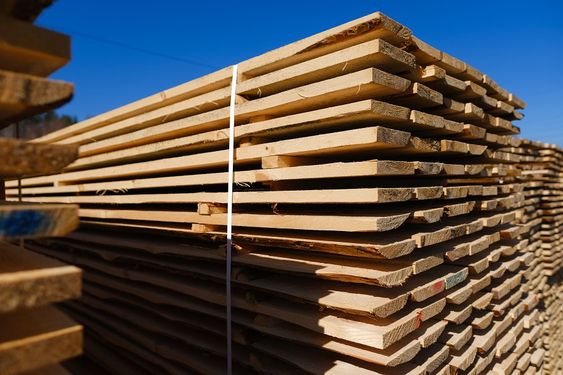
Are you going for a minimalistic look with plenty of clear glass walls or more of a full wooden built ? What wood types are you using ?
PRO TIP: Customers don’t really understand different wood types, and their goal when purchasing a sauna is mostly for health reasons. This also means, it’s fairly useless to use high quality luxury woods like Teak since end-users don’t appreciate saunas from their wood type. It’s also disadvantageous for you because in the eyes of the customer, your Teak sauna is compared to Pine sauna as an equal comparison.
Try experimenting with different wood types that are “diamonds in the rough” that are native to your manufacturer’s region. They are usually lower in cost just because there’s not a lot of awareness and demand of that particular wood.
This is relevant enough because even for a 4 person sauna, the price you get is usually 75-90% wood and 10-25% heater, there for picking a “diamonds in the rough” wood type will be very advantageous for your business
Step 4: Import Regulations & Documentation

Review US Customs and Border Protection guidelines for importing saunas. They are most likely to be classified as importing wooden furniture (HS code 4418). Make sure to understand import duties, taxes and potential fees
Since most saunas have electrical components, research safety certifications are required for saunas in your own country (in the US, it’s most likely UL certification). Make sure to brief your manufacturer about this to save both time and money
Importing products from overseas requires several necessary paperwork for customs clearance such as: Commercial invoice, packing list, bill of lading, and proof of US residency (importer number). You might also need a Certificate of Origin and product safety certificates. Consider consulting a customs broker for assistance.
Conclusion
By following this checklist and considering the technical tips, you can navigate the import process with greater confidence. Remember, staying informed about regulations, collaborating with reliable partners, and planning for potential challenges are key to a successful wholesale sauna import venture from Indonesia to the US.

